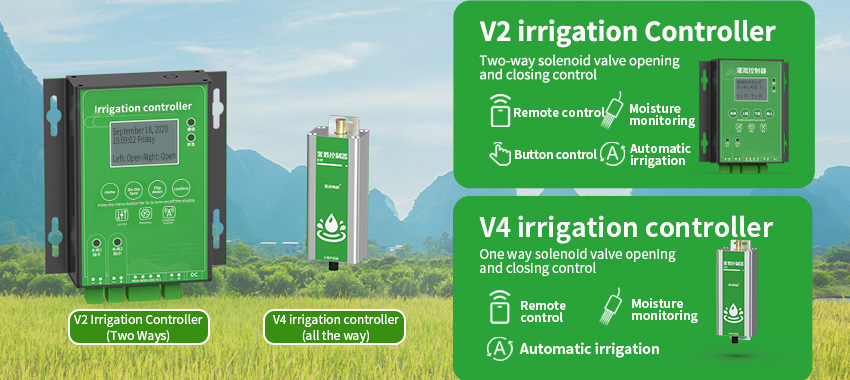
What does a soil monitoring system consist of?
Soil monitoring plays a crucial role in agricultural practices, environmental management, and scientific research.

Soil monitoring plays a crucial role in agricultural practices, environmental management, and scientific research.
Soil monitoring plays a crucial role in agricultural practices, environmental management, and scientific research. By monitoring the health and fertility of the soil, farmers can optimize their crop yields, reduce the use of fertilizers, and prevent soil degradation. In the field of environmental management, soil monitoring helps assess the impact of human activities on the soil and identify potential risks such as contamination. Additionally, soil monitoring is essential for scientific research to understand soil dynamics, nutrient cycling, and develop sustainable agricultural practices.

To effectively monitor the soil, a system consisting of various components and technologies is required. These components work together to collect, measure, and analyze data related to soil properties and conditions. Let's explore the main components of a soil monitoring system.
1. Soil Sensors:
Soil sensors are devices that are buried in the soil to measure different soil properties such as moisture content, temperature, and electrical conductivity. Moisture sensors help determine the amount of water available in the soil, allowing farmers to implement irrigation practices efficiently. Temperature sensors provide information about the soil temperature, which is crucial for determining the optimal planting time for crops. Electrical conductivity sensors measure the soil's ability to conduct an electric current, which is an indicator of soil salinity.
2. Data Loggers:
Data loggers are small electronic devices that are connected to the soil sensors to collect and store data. These devices can record data at regular intervals, often ranging from minutes to hours. Data loggers are programmed to collect soil data continuously, allowing for real-time monitoring. They are often equipped with memory storage and can store data for extended periods. Data loggers can be wireless or connected to a central data collection unit through cables.
3. Telemetry System:
A telemetry system is an essential component of a soil monitoring system, especially in large-scale agricultural operations. It allows data to be transmitted wirelessly from the data loggers to a central data collection unit. This unit can be located in a control room or accessed remotely through a computer or mobile device. The telemetry system enables farmers to monitor soil conditions in real-time and make prompt decisions regarding irrigation, fertilizer application, and other agronomic practices.
4. Weather Stations:
Weather stations are often integrated into soil monitoring systems to provide additional data relevant to soil conditions. They measure parameters such as rainfall, wind speed, solar radiation, and humidity. Weather data is essential for understanding soil moisture dynamics, evapotranspiration rates, and overall climatic conditions affecting crop growth. By combining soil data with weather data, farmers can make more informed decisions regarding irrigation scheduling and crop management.
5. Software and Data Analysis:
Another crucial component of a soil monitoring system is software and data analysis tools. Soil data collected from various sensors and weather stations needs to be processed, analyzed, and presented in a user-friendly format. Software programs and algorithms help in data interpretation, generating graphs, and identifying trends. These tools allow farmers and researchers to assess soil health, nutrient availability, and make data-driven decisions regarding soil management practices.
In conclusion, a soil monitoring system consists of soil sensors, data loggers, telemetry systems, weather stations, and software tools. These components work together to collect, measure, and analyze data related to soil properties and conditions. With the help of a soil monitoring system, farmers can optimize crop yields, reduce the use of fertilizers, and prevent soil degradation. Environmental managers can assess the impact of human activities on the soil, and scientists can better understand soil dynamics and develop sustainable agricultural practices.